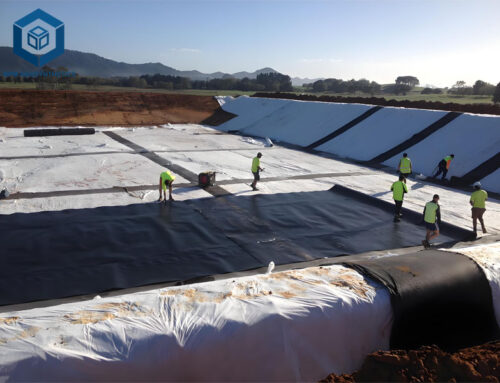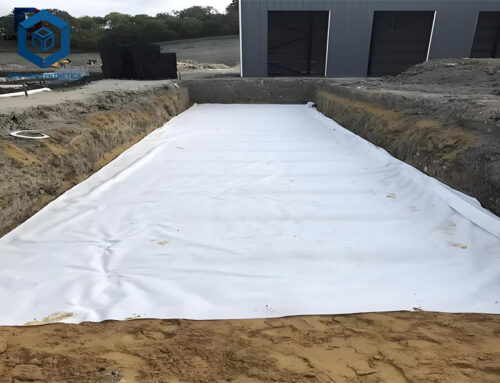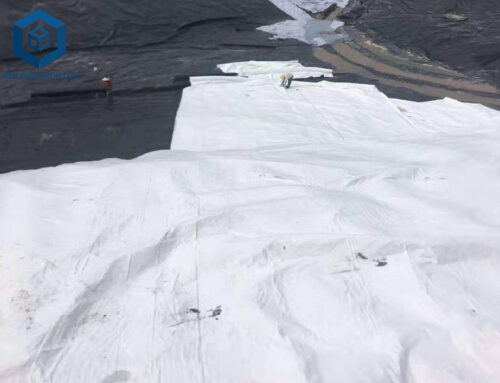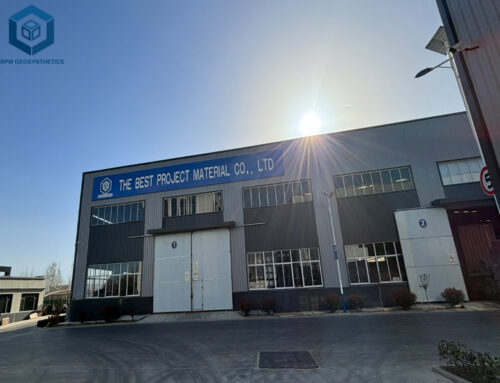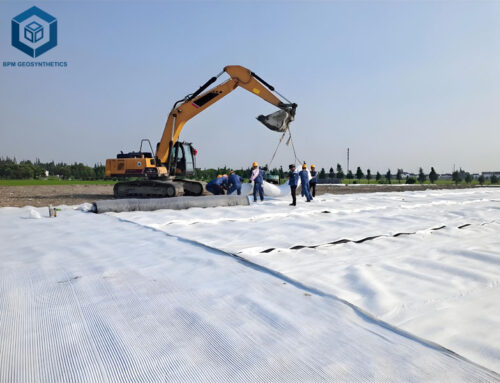The selection of Geotextile Thailand is particularly important for the implementation of engineering projects. As a leading geotextile manufacturer, BPM has always been adhering to the attitude of satisfying customers and reassuring customers, and makes every product with heart. In this discussion, we will delve into the various aspects of geotextiles, exploring their definitions, types, functions, installation methods, and the numerous benefits they bring to the construction and maintenance of roadways.Next, we will give some suggestions on how to choose best geotextiles from the aspects of performance and material.
1. What Is Geotextile Thailand?
Geotextile Thailand refers to the use of geotextiles in various applications within Thailand. Geotextiles are permeable fabrics that are used in civil engineering and construction projects to separate, filter, reinforce, protect, or drain soil. They are typically made from polypropylene or polyester and come in different types, such as woven, non-woven, and knitted.
In Thailand, geotextiles are commonly used in projects like road construction, embankments, retaining walls, slope stabilization, erosion control, drainage systems, and waste management facilities. They play a crucial role in ensuring the stability and longevity of these structures by providing mechanical reinforcement and preventing soil loss due to water flow or other external factors.
2. What Are Basic Properties of Geotextile Thailand?
- High strength. Due to the use of plastic fibers, it can maintain sufficient strength and elongation in dry and wet conditions.
- Corrosion resistance. It can resist corrosion for a long time in soil and water with different pH values.
- Good water permeability. There are gaps between the fibers, so it has good water permeability.
- Good anti-microbial properties. It is not damaged by microorganisms and insects.
- Convenient construction. Due to the light and soft material, it is easy to transport, lay and construct.
- Complete specifications: The width can reach 9 meters. It is the widest product in China, with a unit area mass of 100-1000g/m2
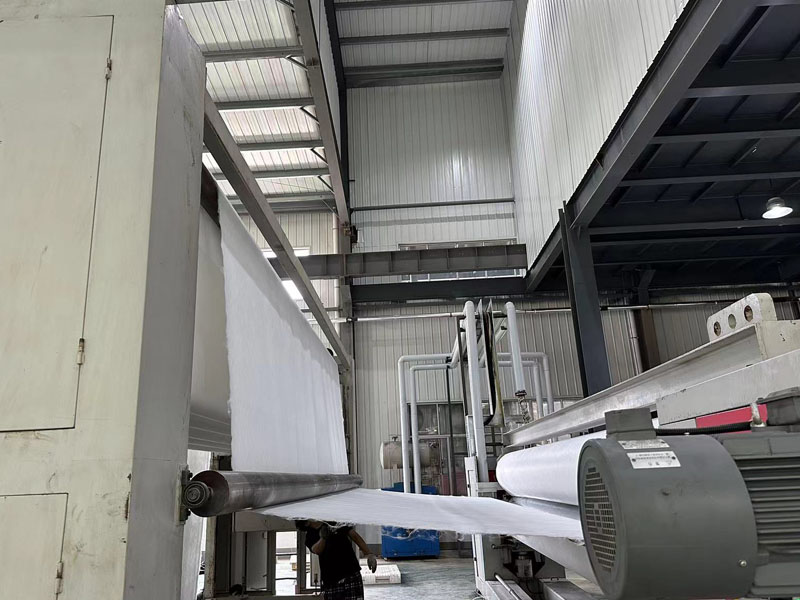
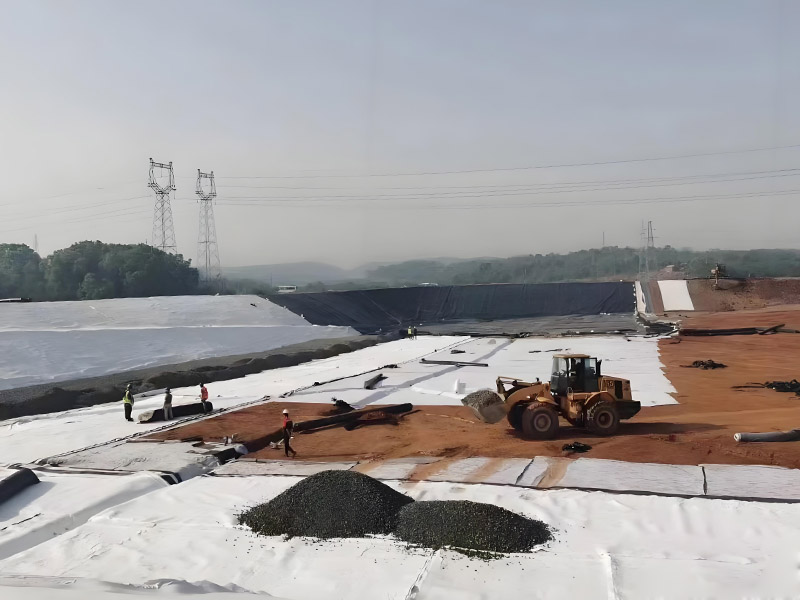
3. The role of Geotextile Thailand
3.1 Isolation
Use polyester staple needle-punched geotextile to separate materials like soil and sand, preventing their mixture. This maintains each material’s structure and function, enhancing the structure’s load capacity.
3.2 Filtration (anti-filtration)
Water flows from fine to coarse soil; the polyester geotextile permits water through, trapping soil particles and maintaining engineering stability. Its permeability ensures effective filtration.
3.3 Drainage
Polyester staple needle-punched geotextile has good water-conducting properties. It can form drainage channels inside the soil and discharge excess liquid and gas in the soil structure.
3.4 Reinforcement
Use polyester staple needle-punched geotextile to enhance the tensile strength and deformation resistance of the soil, enhance the stability of the building structure, and improve the quality of the soil.
3.5 Protection
When water flows on the soil, it effectively diffuses, transmits or decomposes the concentrated stress, prevents the soil from being damaged by external forces, and protects the soil.
3.6 Anti-puncture
Combined with geomembrane to form a composite waterproof and anti-seepage material, it plays an anti-puncture role.
High tensile strength, good permeability, breathability, high temperature resistance, freezing resistance, aging resistance, corrosion resistance, and insect resistance.
4. How To Choosing Best Geotextile Thailand?
To choose the best geotextile in Thailand, consider these factors:
- Project Requirements: Identify the specific needs of your project, such as reinforcement, separation, or filtration.
- Material Type: Choose between woven, non-woven, and knitted geotextiles based on their strength, permeability, and durability.
- Quality Standards: Ensure the geotextile meets Thai quality standards for civil engineering projects.
- Manufacturer Reputation: Select a reputable manufacturer with a track record of producing high-quality geotextiles.
- Performance Guarantees: Look for guarantees or warranties that ensure the geotextile will perform as expected over time.
- Cost-Effectiveness: Consider the cost in relation to the performance and longevity of the geotextile.
- Installation Expertise: Choose a supplier who offers installation support or training to ensure proper placement.
- Local Availability: Opt for geotextiles readily available in Thailand to simplify logistics and potential reordering.
By considering these factors, you can select a geotextile that is best suited for your project in Thailand.
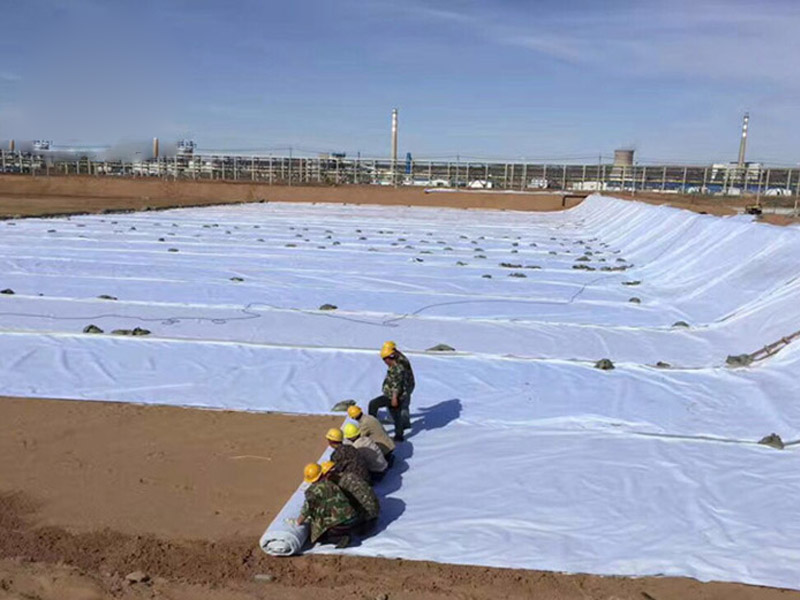
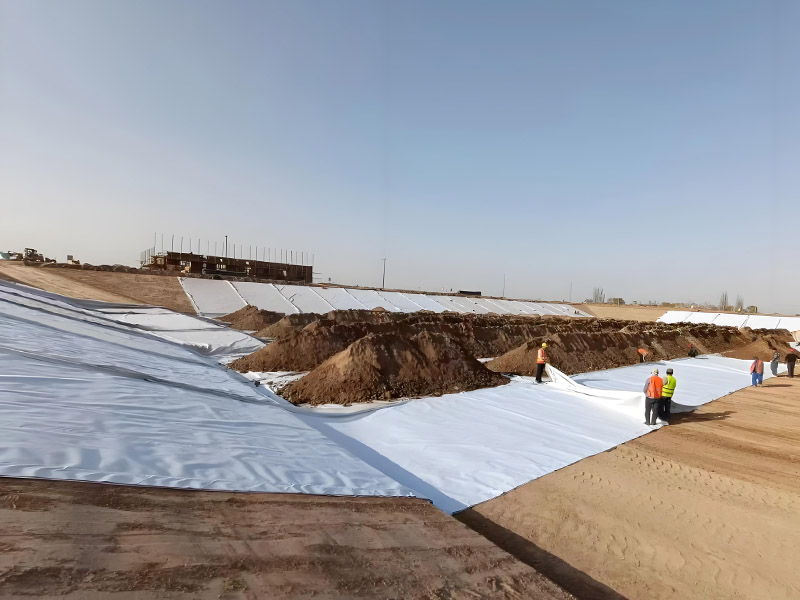
5. Precautions for Using Geotextile Thailand
5.1 Notes on geotextile installation and construction:
- Geotextile can only be cut with a geotextile knife (hook knife). If cutting on site, special protection measures must be taken for other materials to prevent unnecessary damage to the geotextile due to cutting;
- When laying geotextile, all necessary measures must be taken to prevent damage to the underlying material;
- When placing geotextile, avoid stones and excess dust or moisture that might harm the material, obstruct drainage, or complicate connections.
- Inspect all geotextile surfaces after installation to spot any damage, mark them for repair, and remove any harmful foreign objects like broken needles.
- The connection of geotextiles must follow certain rules. Normally, no horizontal connections are allowed on the slope. The connection should be along the slope’s contour and not cross it. This rule does not apply to repaired areas.
- If suturing is used, the suture line must be made of the same or better material as the geotextile. The suture line must be chemically UV-resistant. The suture line and the geotextile should have a clear color difference for easy inspection.
- Pay special attention to the suture during installation to ensure that no soil or gravel from the gravel cover layer enters the middle of the geotextile.
5.2 Damage and repair of geotextile:
- At the suture joint, re-suture repair must be performed, and ensure that the end of the skipped stitch part has been re-sutured.
- In all areas, except for rock slopes, holes or torn parts must be repaired and sutured with geotextile patches of the same material.
6. Summary
Selecting Thailand’s best geotextile involves considering material quality, durability, and resistance to harsh environments. Match the type of geotextile to its function, such as stabilizing soil or controlling erosion. A reputable supplier with dependable support is also key. This approach leads to a well-informed choice.To sum up, choosing the right geotextile in Thailand needs reflection on quality, endurance, intended use, and supplier standing. Through detailed research and comparison, you can secure a geotextile that serves your needs effectively and lasts.
If you have any further questions, please feel free to contact us.

